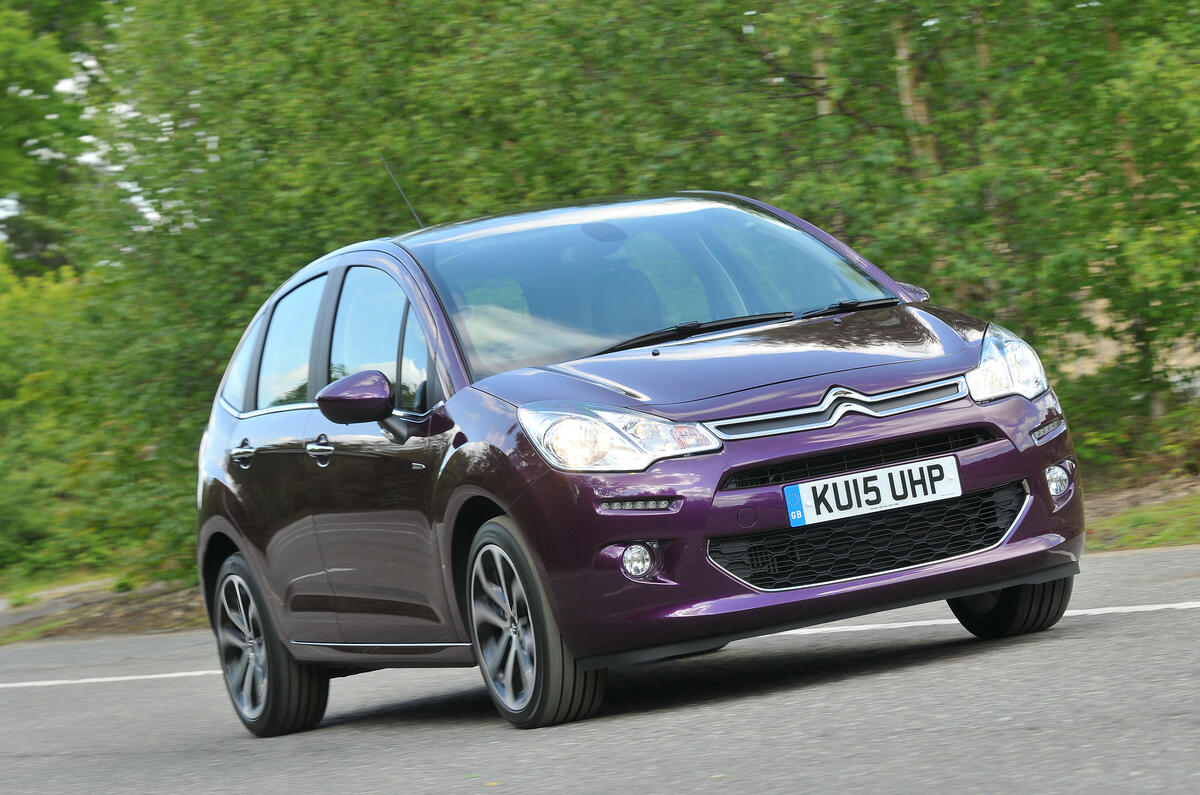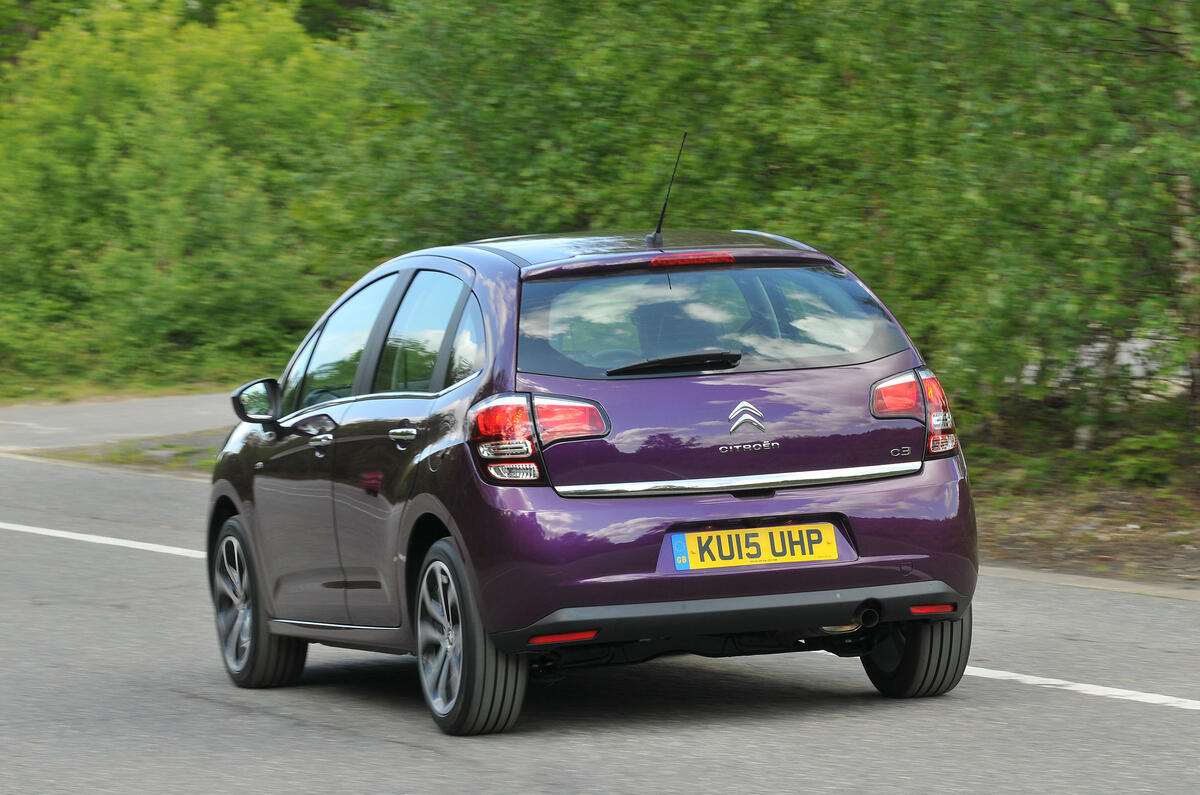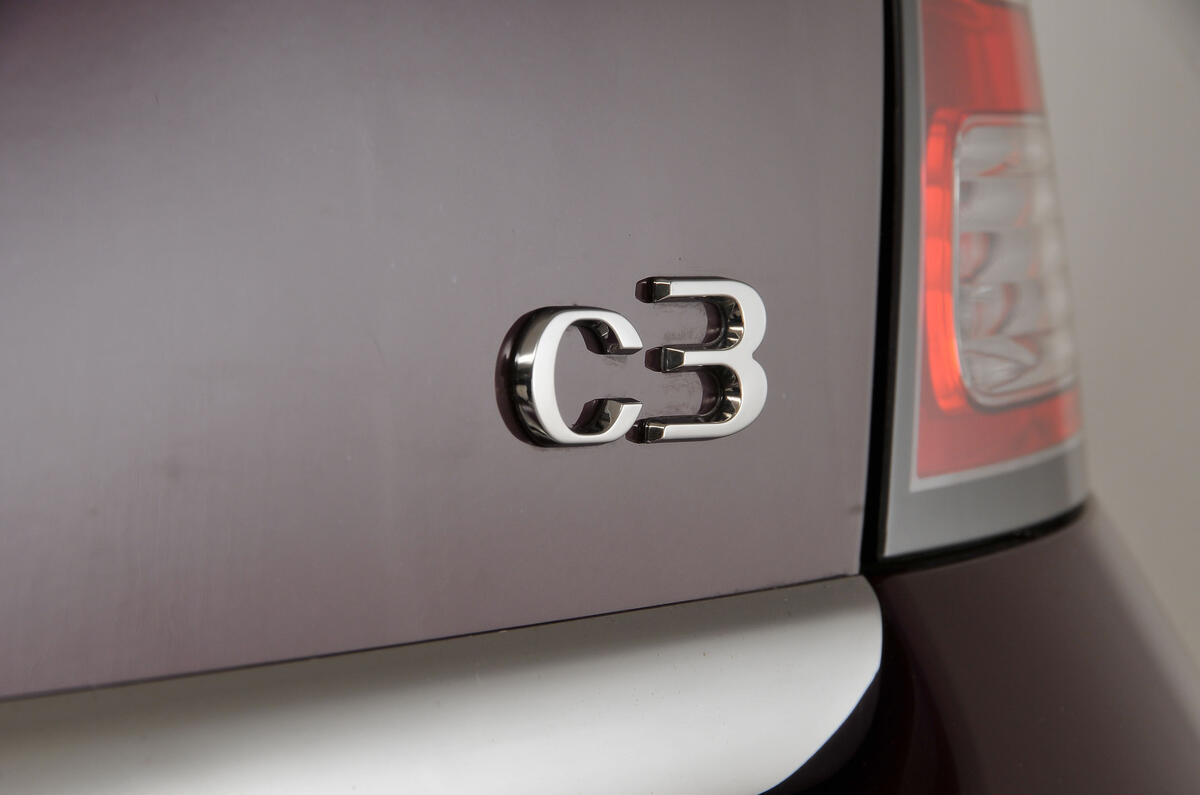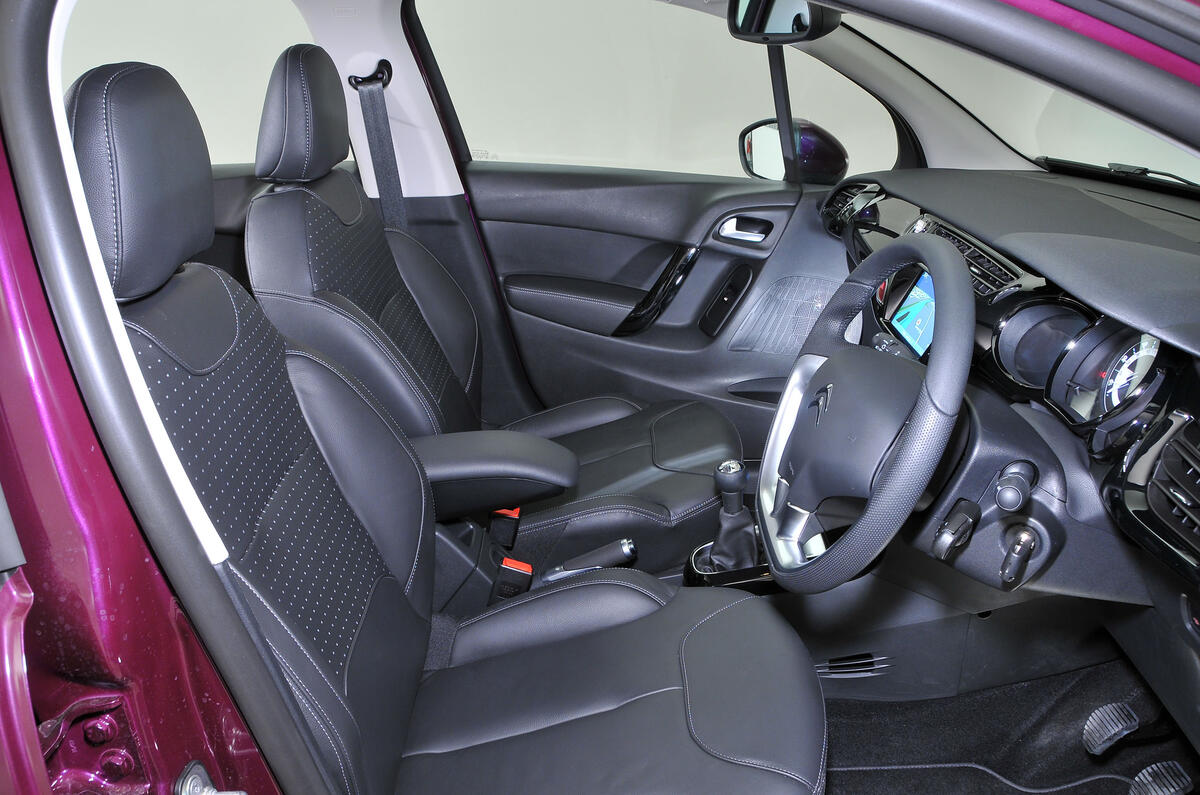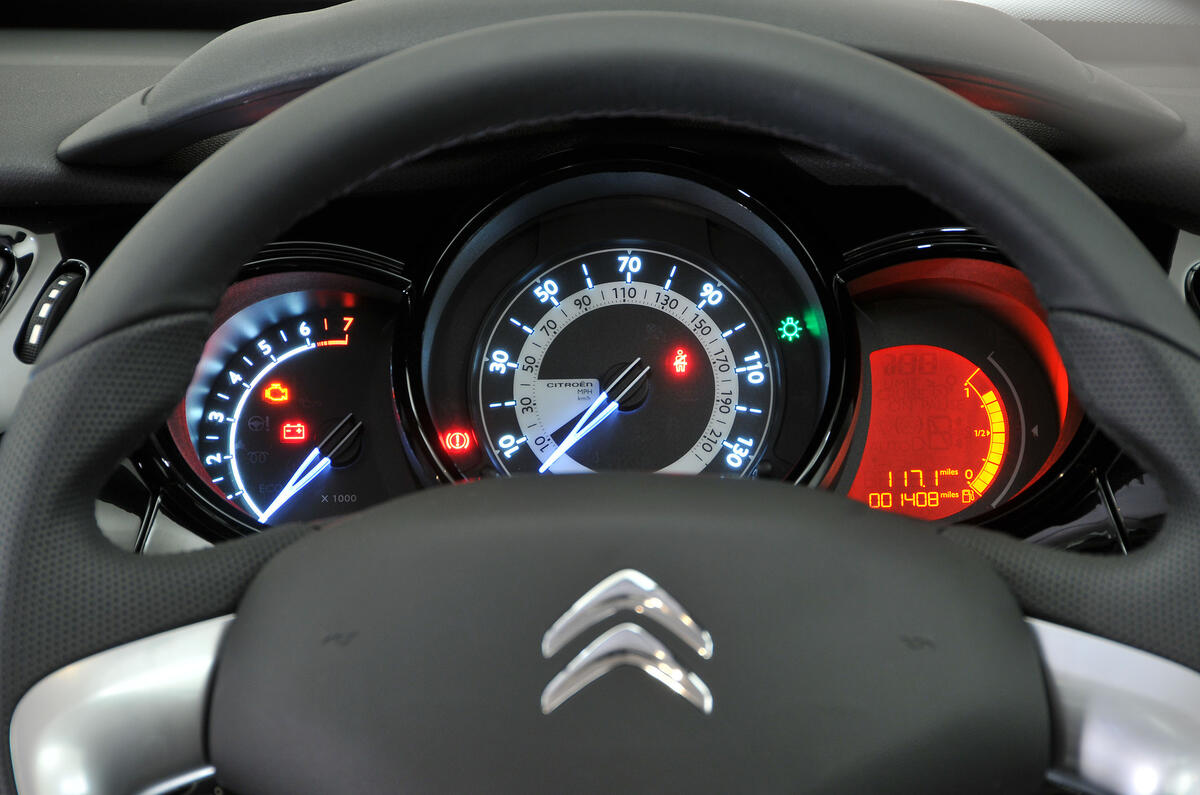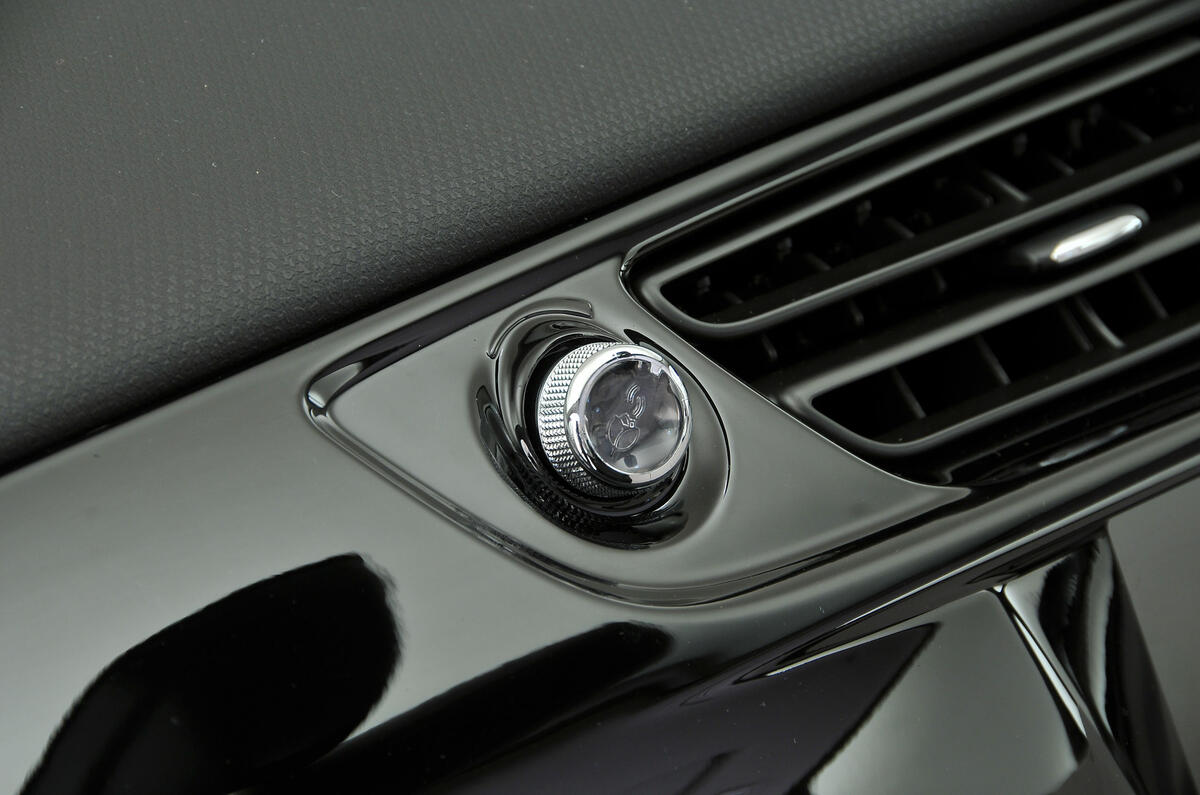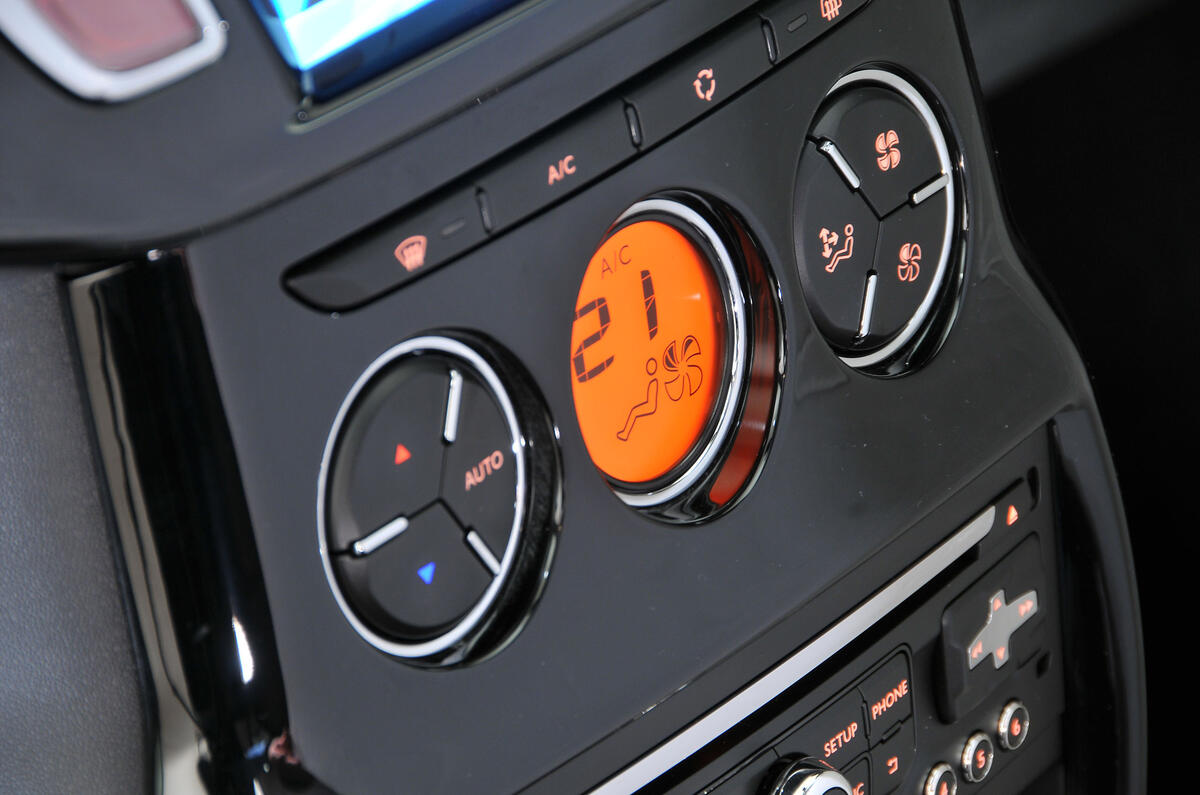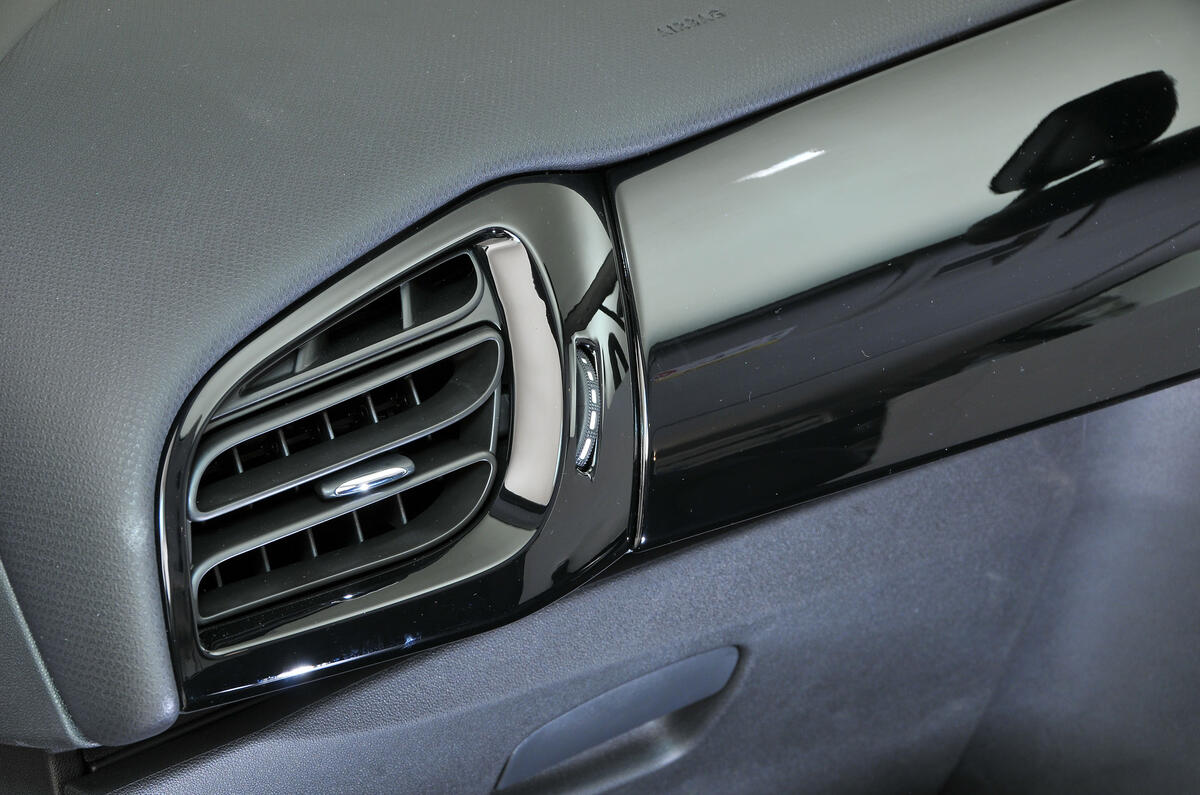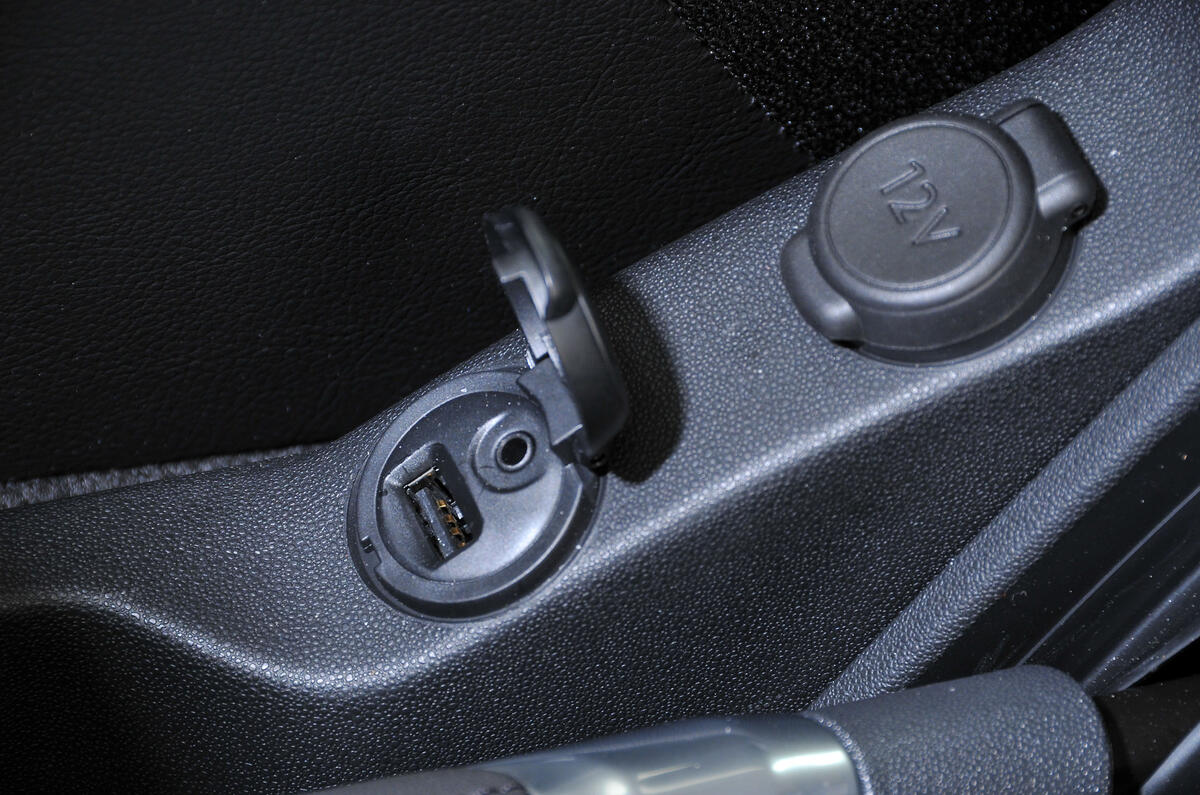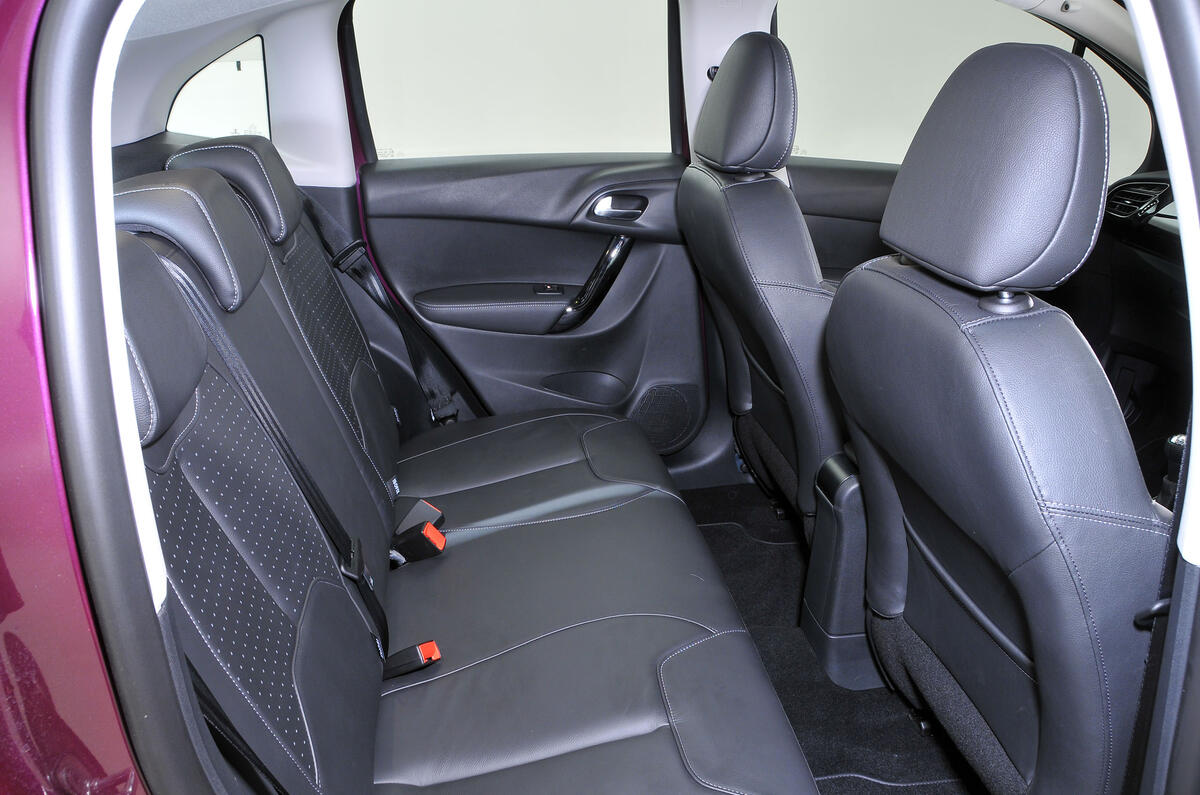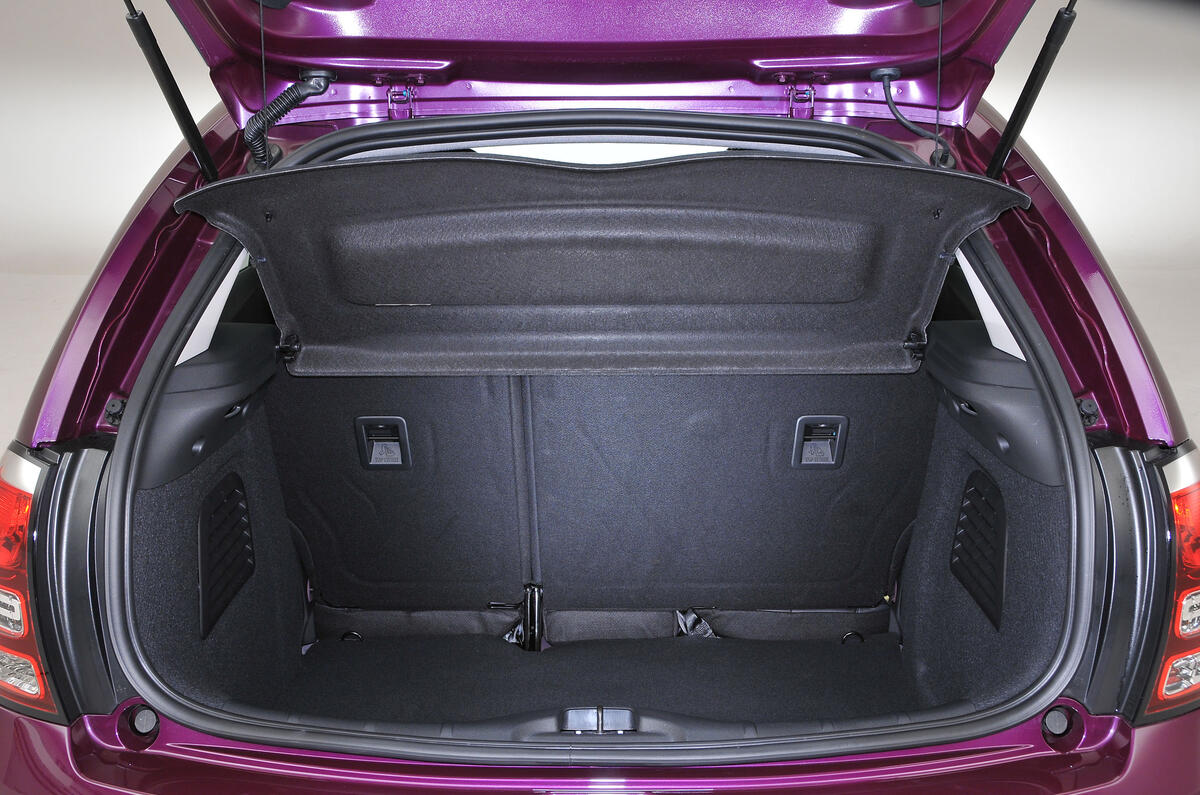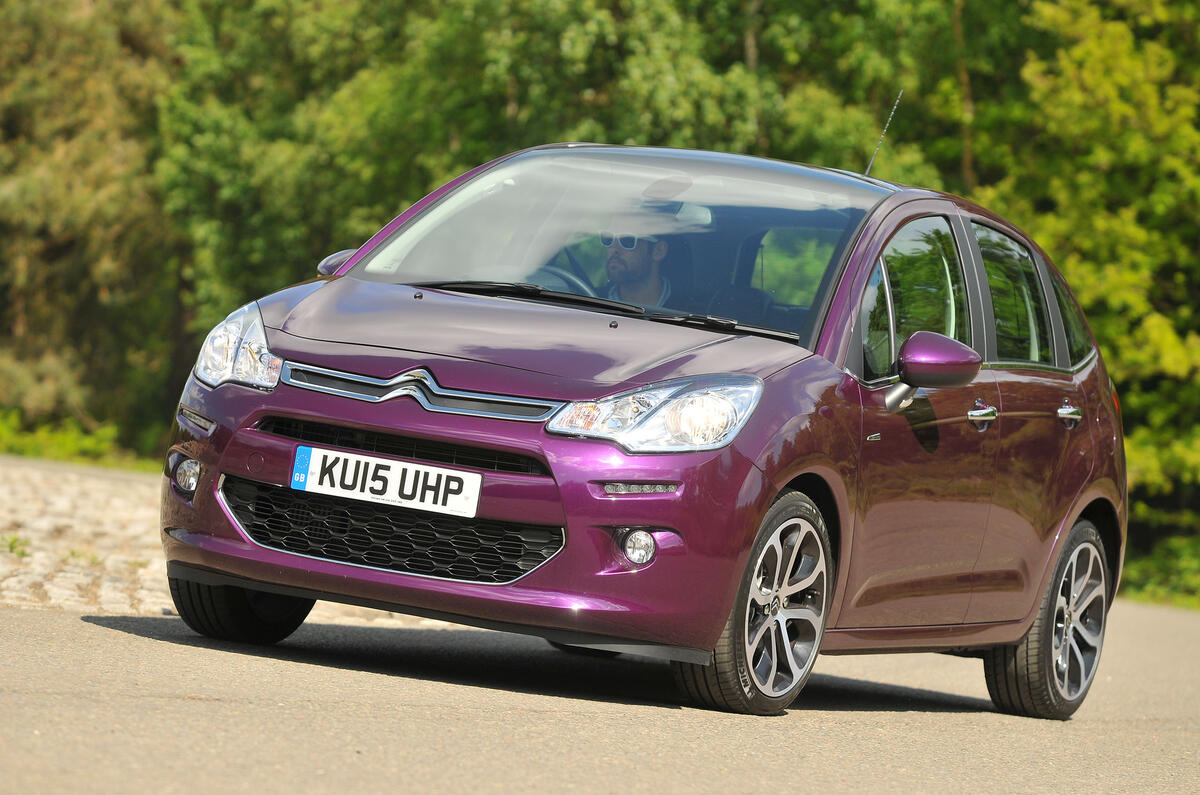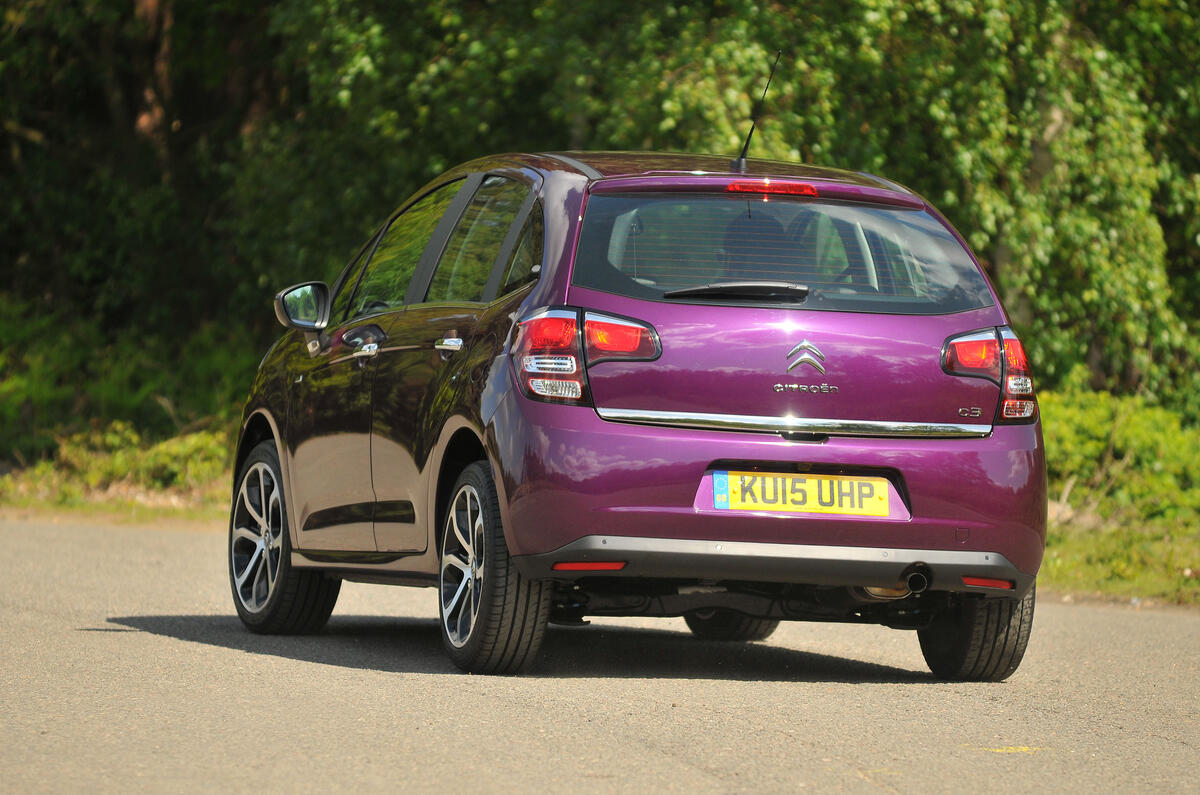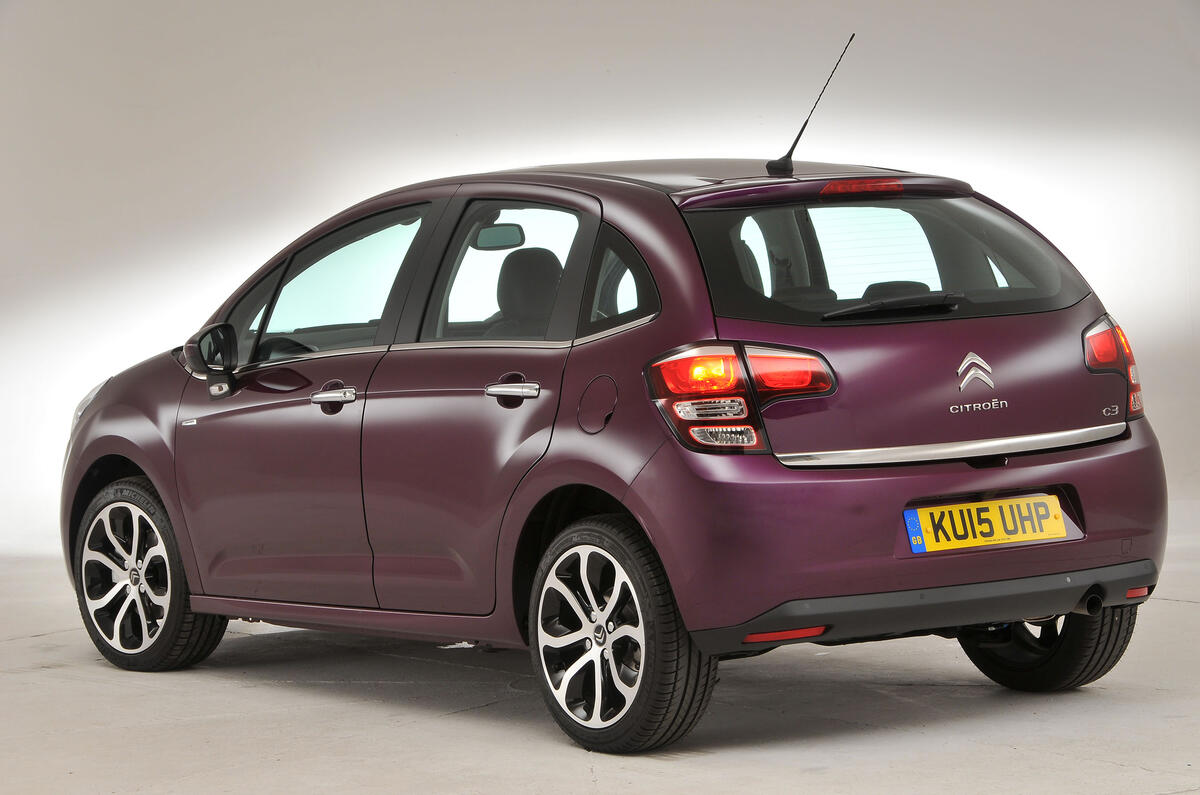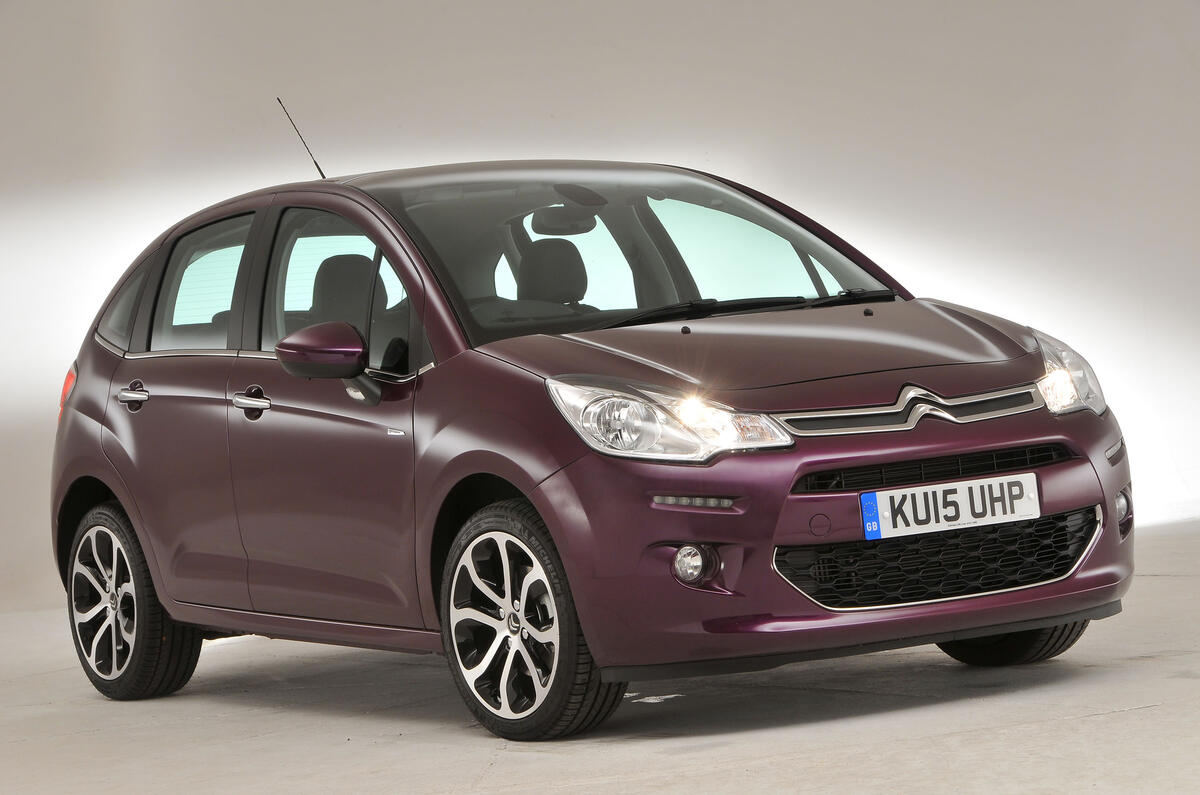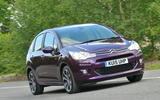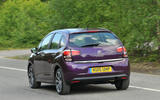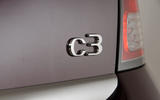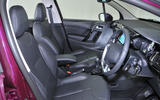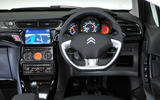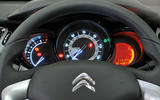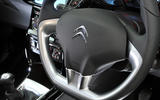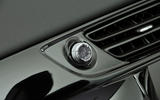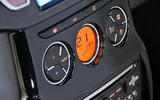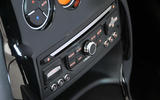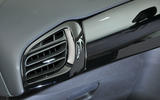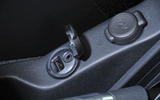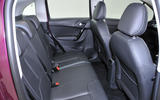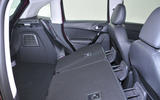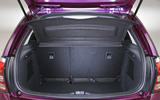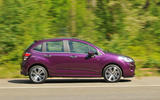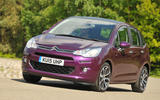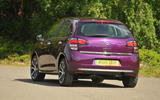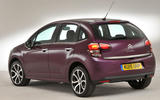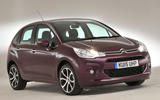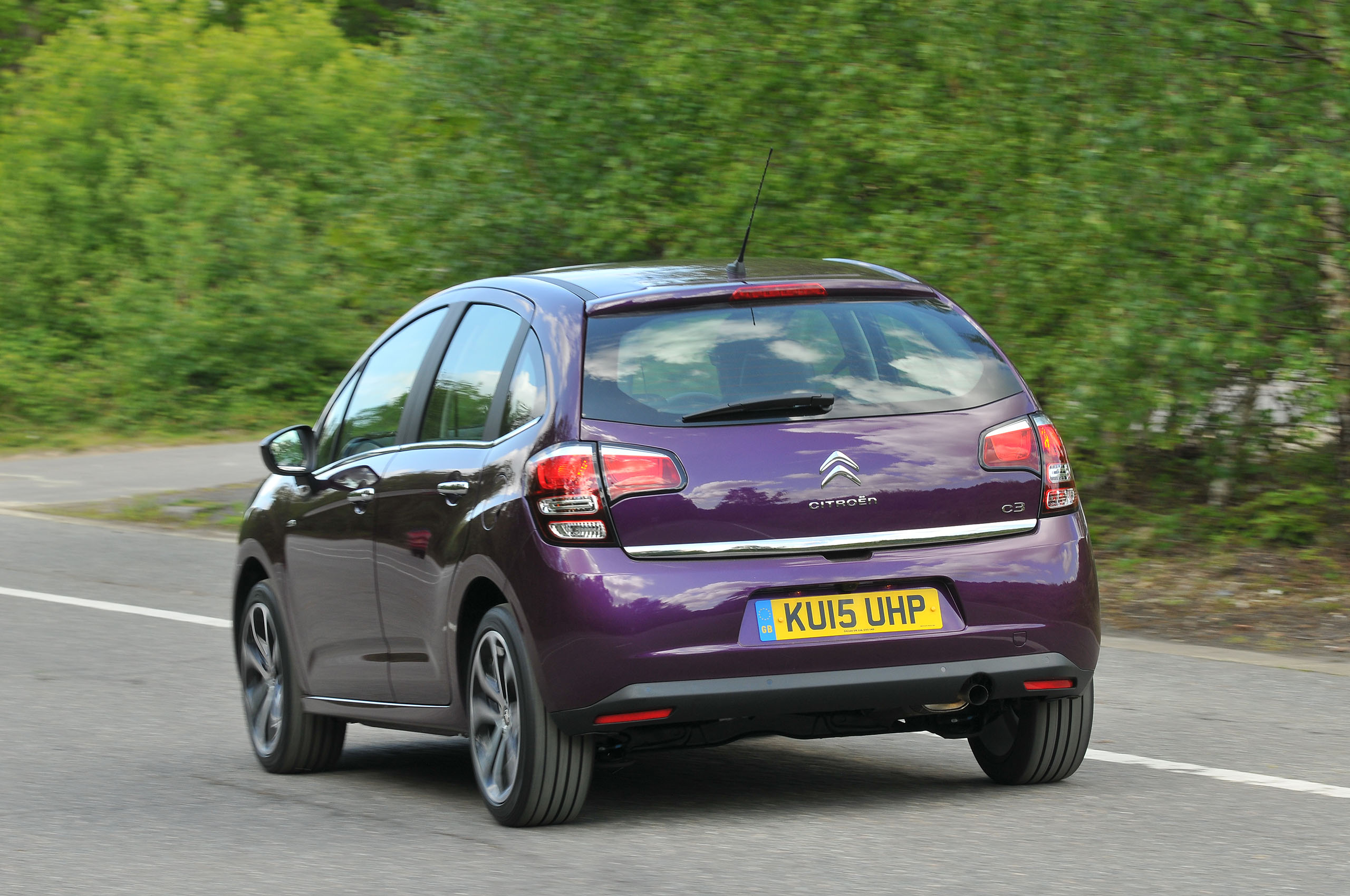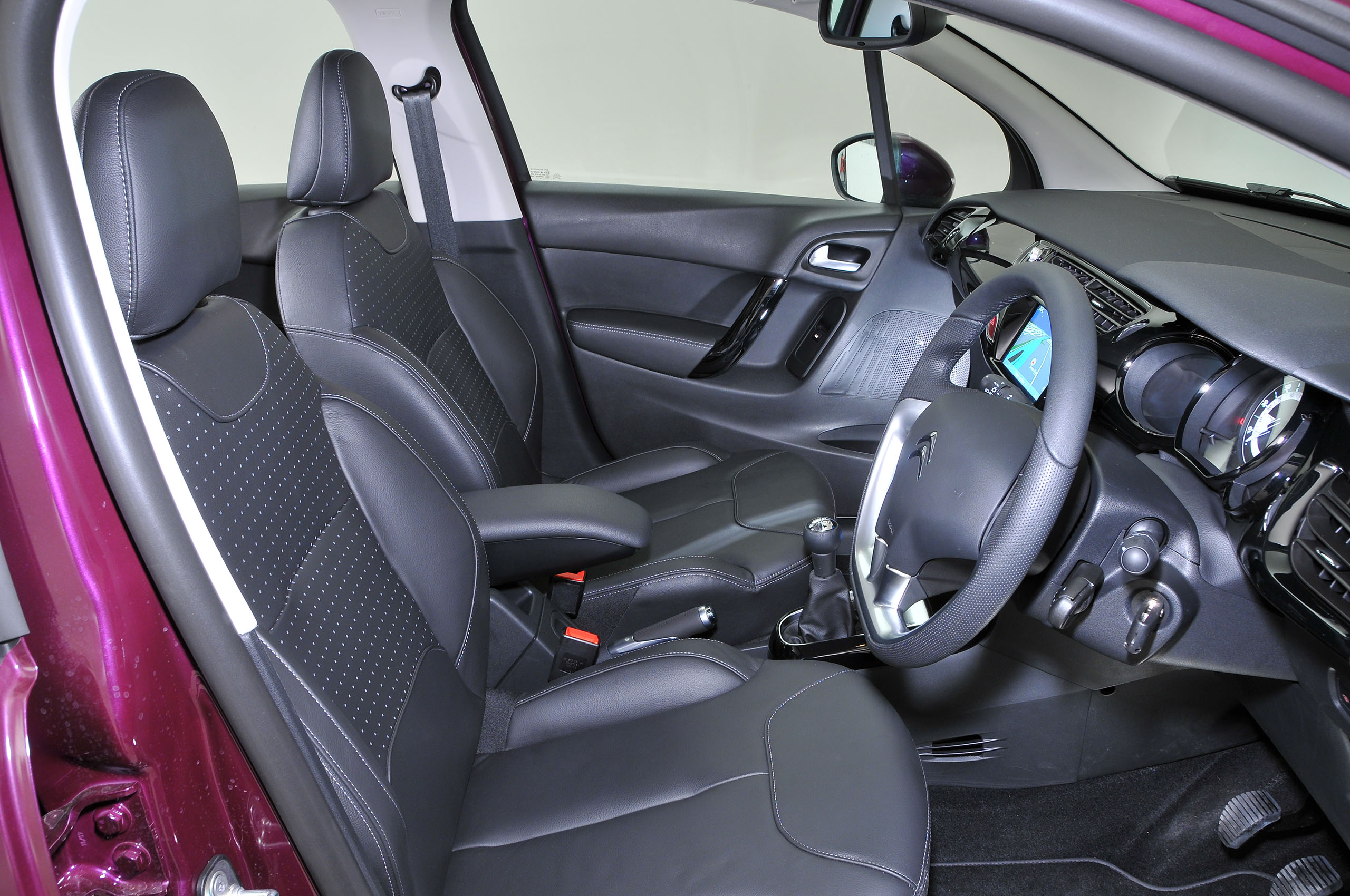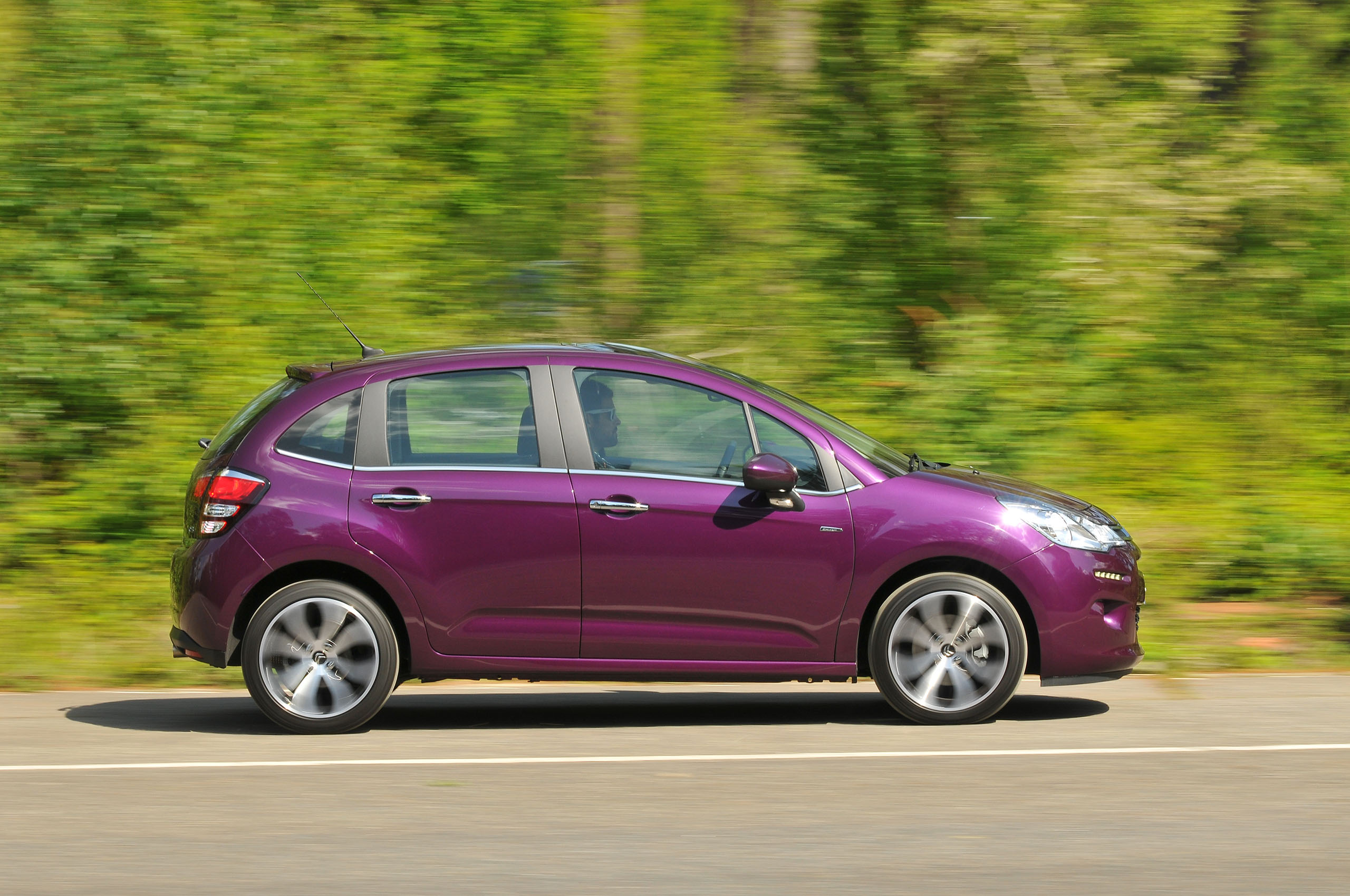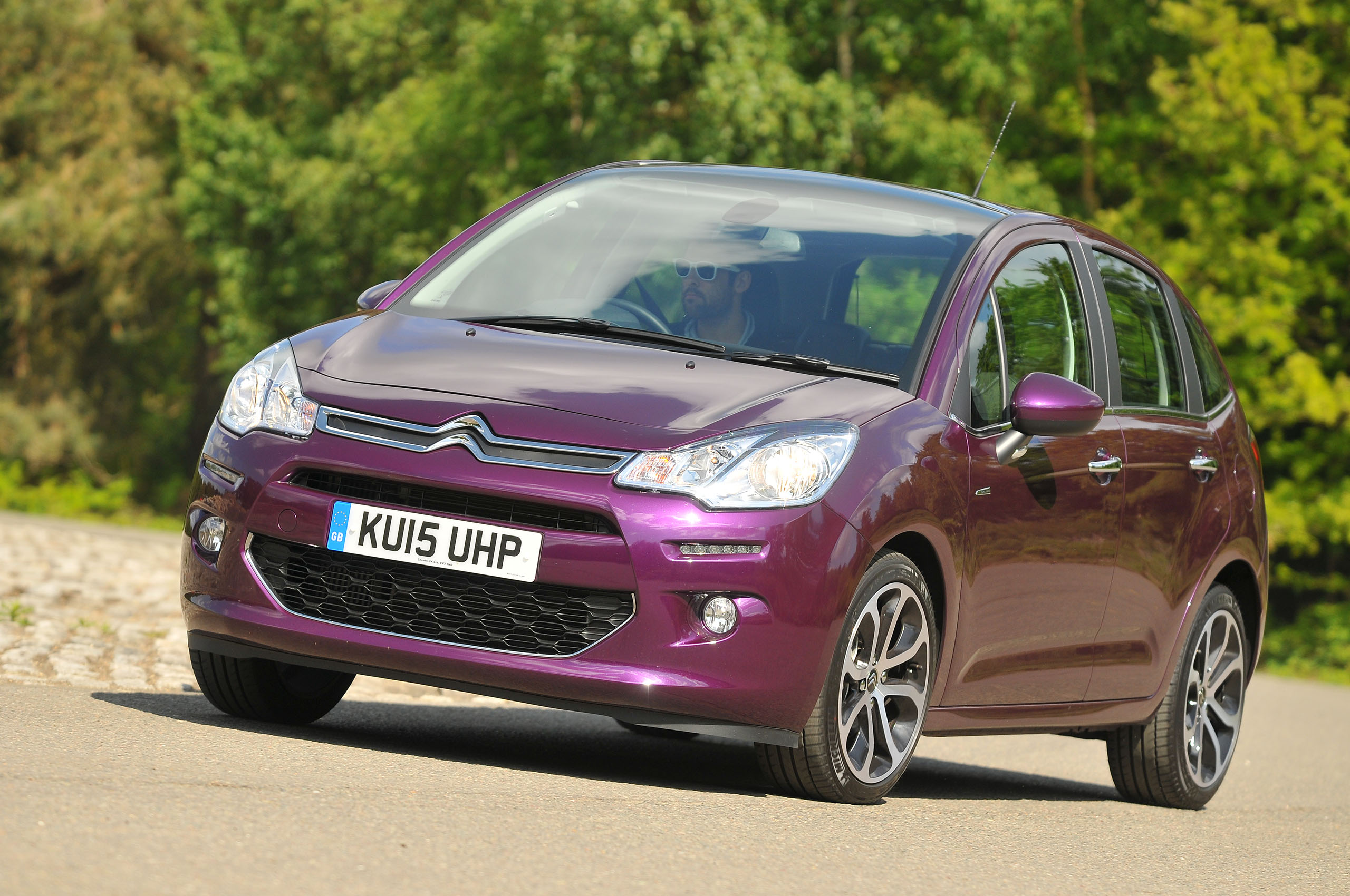Citroën has plenty of takes on the small car theme, but the Citroën C3 is what you’d consider its regular Citroen supermini. Prior to the current model, the previous Citroen C3 stretched back to 2002, before which were the Saxo and Citroen AX, although it’s difficult not to think of them, and the Saxo particularly, as small compared with the C3. To find a Citroën supermini with the feeling of spaciousness that the C3 gives, you have to go back to the Visa of 1978.
The C3 is a hugely significant car for Citroën. It’s the company’s biggest-selling small car and, in spite of the Citroen C1, Citroen C3 Picasso and DS 3, its bread-and-butter supermini. Sure, we’ve been charmed by the DS 3 and C3 Picasso, but it’s the regular Citroen C3 hatchback that has to do the volume. It's ugly duckling charms may of left many potential buyers feeling cold, but the 2017 generation certainly won't with its cheeky looking exterior finished with the same Airbump technology that can be found on the Citroen C4 Cactus.
The current C3 still comes in five-door form only, with the super-stylish three-door DS3 taking care of three-door business. The previous car’s three-door variant, dubbed Citroen C2, had a very disparate appearance as the DS3 does now, but with a very different attitude. And this theory has remained the same with the next gen C3 remaining a five-door car while the DS 3 is only available with three-doors.


